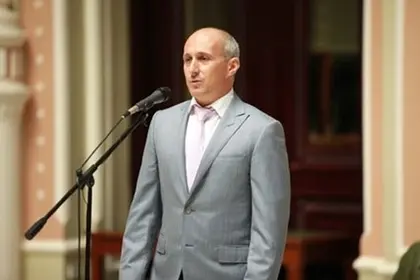“The National Bank has not introduced any limiting measures on the monetary and credit markets,” Sorkin said in the video. “Moreover, in case of need the National Bank is ready to increase its presence on all segments of the monetary and credit markets to provide balance and mitigate all risks.”
Over the weekend, Prime Minister Mykola Azarov cast of the stability of the Ukrainian economy into doubt after announcing that nationwide strikes could destabilize the hryvnia.
JOIN US ON TELEGRAM
Follow our coverage of the war on the @Kyivpost_official.
“Ukrainian banks have time and again shown their ability to function under any conditions,” he said. “I am urging everyone to keep confidence in the Ukrainian banking system and in the security of their savings.”
Even before the most recent political crisis, however, the Ukrainian economy was not on sure footing.
With an economy in recession and a budget deficit of around 8 percent of gross domestic product, the government had already been tapping international and domestic currency markets and spending National Bank reserves to meet obligations and stabilize the hryvnia.
“While there is a battle going on for the streets of Kyiv, the other battle the authorities will need to wage is for the hryvnia, and the stability of the banking sector,” said Timothy Ash of Standard Bank.
The National Bank’s reserves currently stand at just over $19 billion, an equivalent of 2.5 months of imports well below the 3 month minimum recommended by the International Monetary Fund.
More worrying for some is the National Banks limited ability to replenish its reserves once exhausted.
“This is a direct result of Ukraine turning its back on the EU’s Deep and Comprehensive Free Trade Agreement (DCFTA), which has cut Ukraine off from IMF debt financing,” said Ash. “This leaves the National Bank likely to have to look to Russia for cash.”
You can also highlight the text and press Ctrl + Enter




